Marrakech Travel Guide
Travel
Who knew that Morocco is just a few centimetres from Barcelona? Not me, that is until I was planning my trip through Spain and looked at a map.
With no time to research, as we were leaving Australia in a week, I had a quick scan of The Lonely Planet, grabbed the Luxe and Wallpaper guides, booked a riad that had availability and hoped for the best, which to be honest is my preferred way to travel. The result I suspect is a burgeoning love affair with this fabulous country.
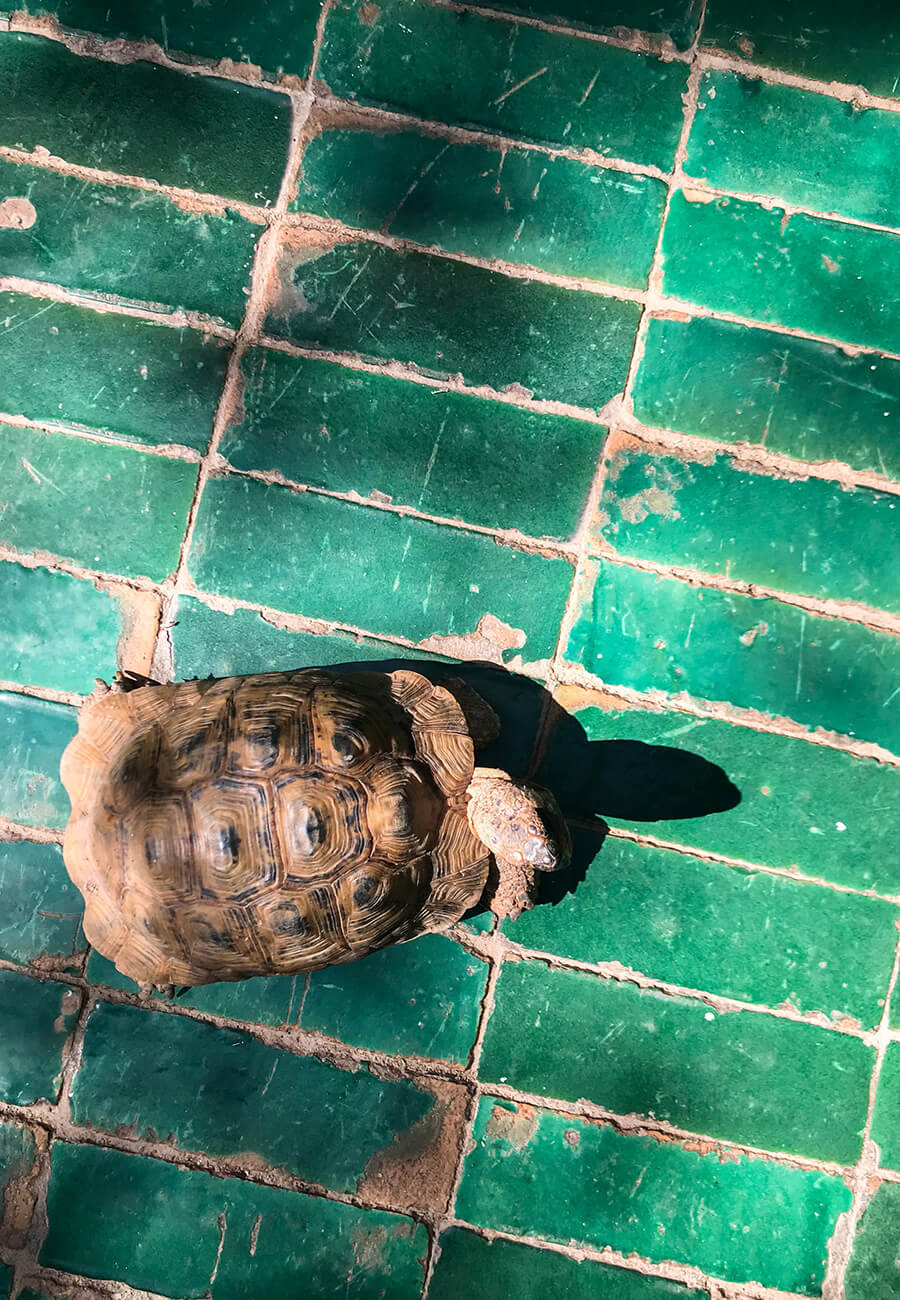
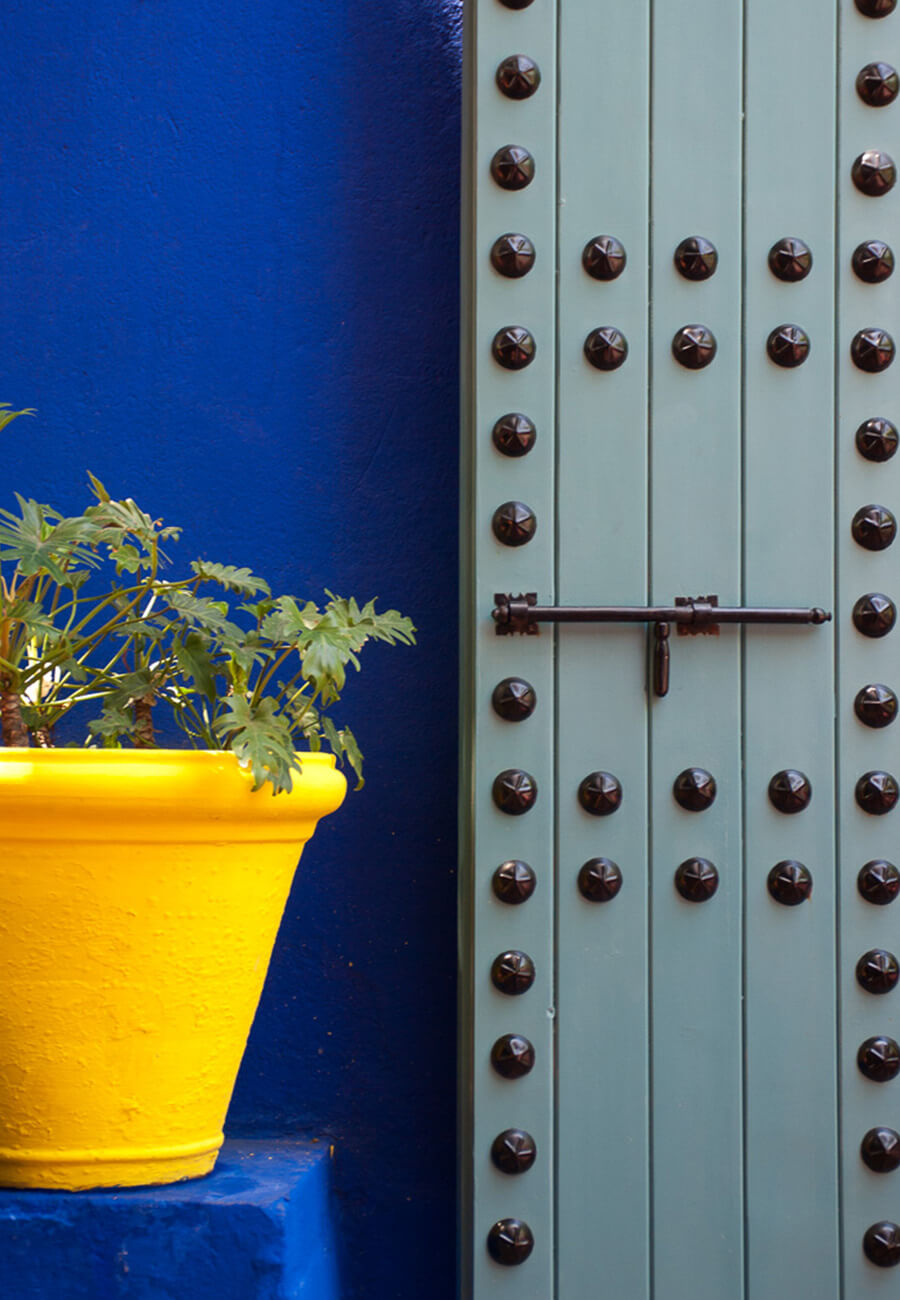
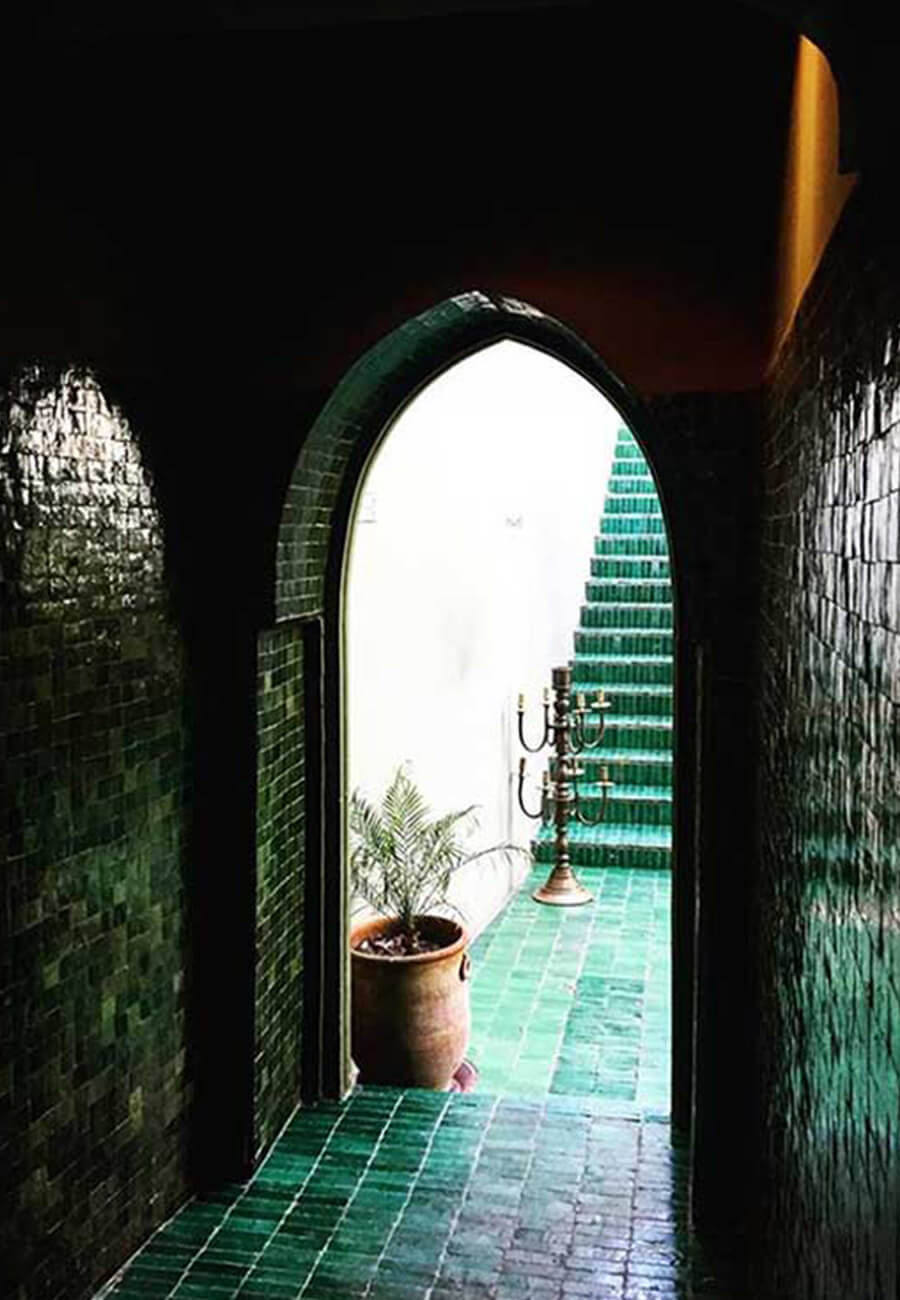
Situated on the edges of the bustling old medina the Riad Jaaneman is found down a long dark enclosed laneway that you are unlikely ever to be foolish enough to wander down without the Riad host (who will kindly meet you at the outskirts of the Medina). But just when you are starting to think things are going to end badly, a small door opens, that you have to bend to get through, and reveals an emerald green oasis, filled with birdsong.
Encasing the courtyard are five suites each with their own unique décor blending the design influences of Italian, African and Moroccan, none of which will disappoint any seasoned luxury traveller.
Breakfast is served either by the pool or on the rooftop terrace – the choice is yours. If you are feeling social, you can chat with your fellow guests; the choice to socialise or take the opportunity to engage in blissful solitude, is all yours. We chose to mingle and had an excellent time doing so. In the evening dining-in is an option; however, we opted to head out to the many restaurants and bars.
Located in the Rahba Lakdima spice square (places des épices) Nomad offers a culinary repose from the sensory assault of the of the souks.
Offering four levels of designer interiors with two terraces which overlook the Medina, Nomad provides ‘modern Moroccan’ fare, refreshing drinks and importantly a great cup of coffee! And believe me, by the time you wander into the square you are going to be parched and ready to take in the scenery from a comfortable spot.
Note: if you’re keen for wine or cocktail to end the day it is wise to check when making a reservation if alcohol is served, being a Muslim country alcohol is often very limited, particularly in the Medina.
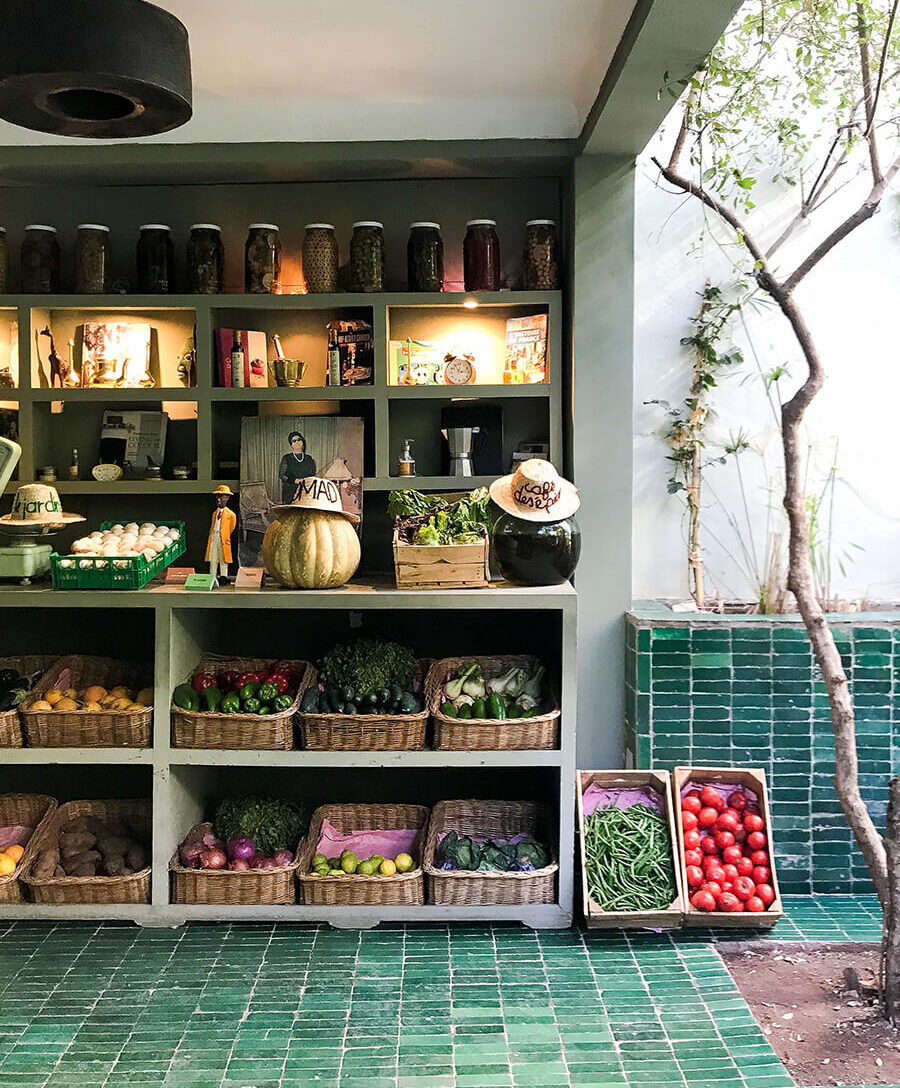
Opening the week of our arrival, the Yves Saint Laurent Museum is wrapped with terracotta brick and earthen-coloured terrazzo which blends seamlessly into its ochre surrounds. Its understated façade is a fitting tribute to the elegance of the late designer’s couture creations. On the day of our visit the cue was long, however, that may have been as a result of the fact that it had only been open for a few days. Sadly, they are not keen on photos being taken in the exhibitions – so I only managed one snap before the security team descended (I kid you not).
Two and a half acres of garden nirvana, this botanical garden is the labour of love French Orientalist artist, Jacques Majorelle over forty years, starting in 1923.
A stroll through these gardens reveals the wonder of the botanical world with what I understand is one of the most complete collections of cacti in the world, which happens to sit alongside an expansive waterlily garden which is next to a bamboo forest… and so it goes and in other words – it’s just amazing. In the 1980’s property was purchased by fashion designers, Yves Saint-Laurent and Pierre Bergé who saved it from ruin after falling in love with the property during their first trip to Marrakech in the sixties.
After Yves died, Bergé donated the Jardin Majorelle to their foundation in Paris. The Yves Saint Laurent Museum is next door to the Jardin Majorelle, so plan to visit these two places on the same morning, before heading to lunch.
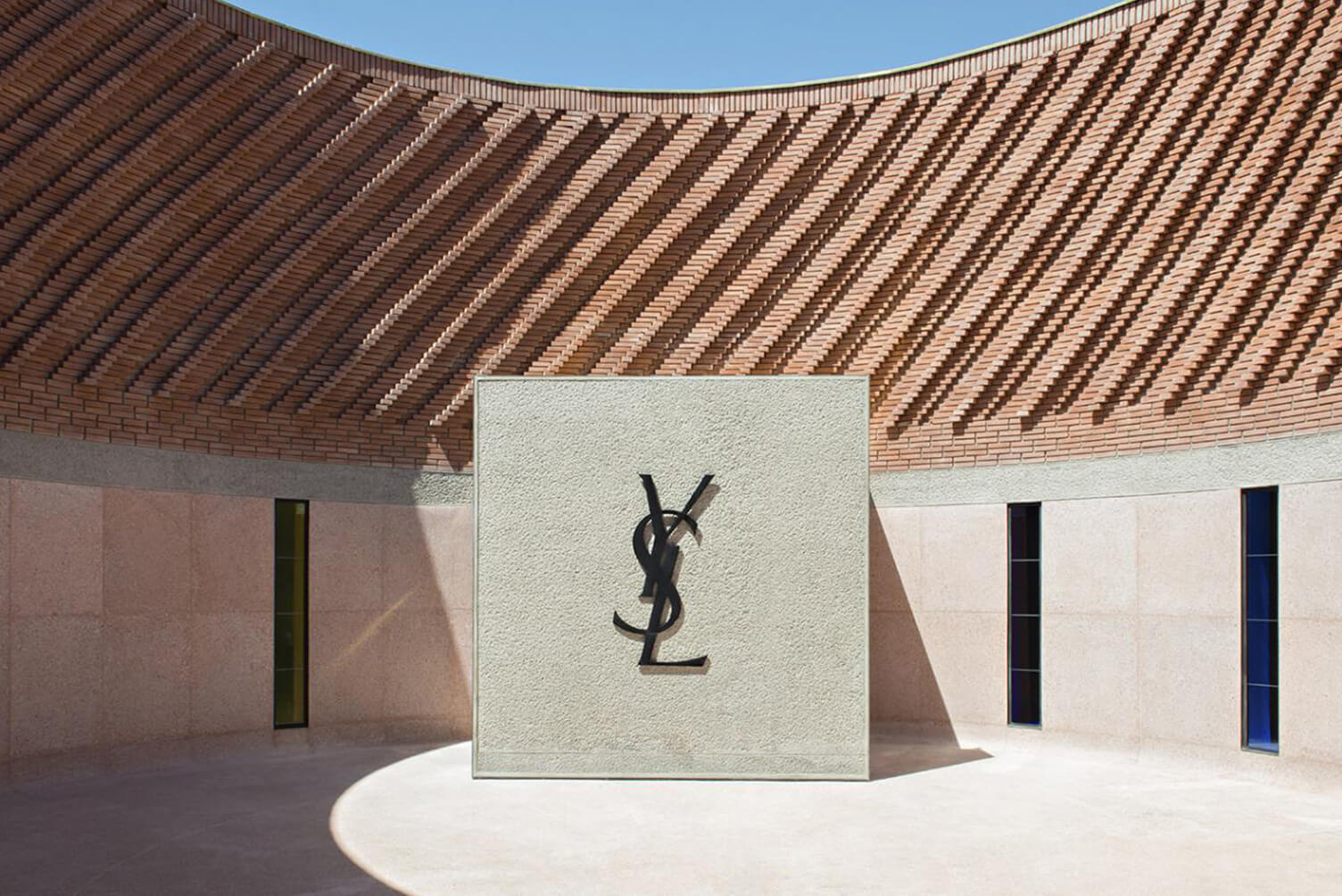
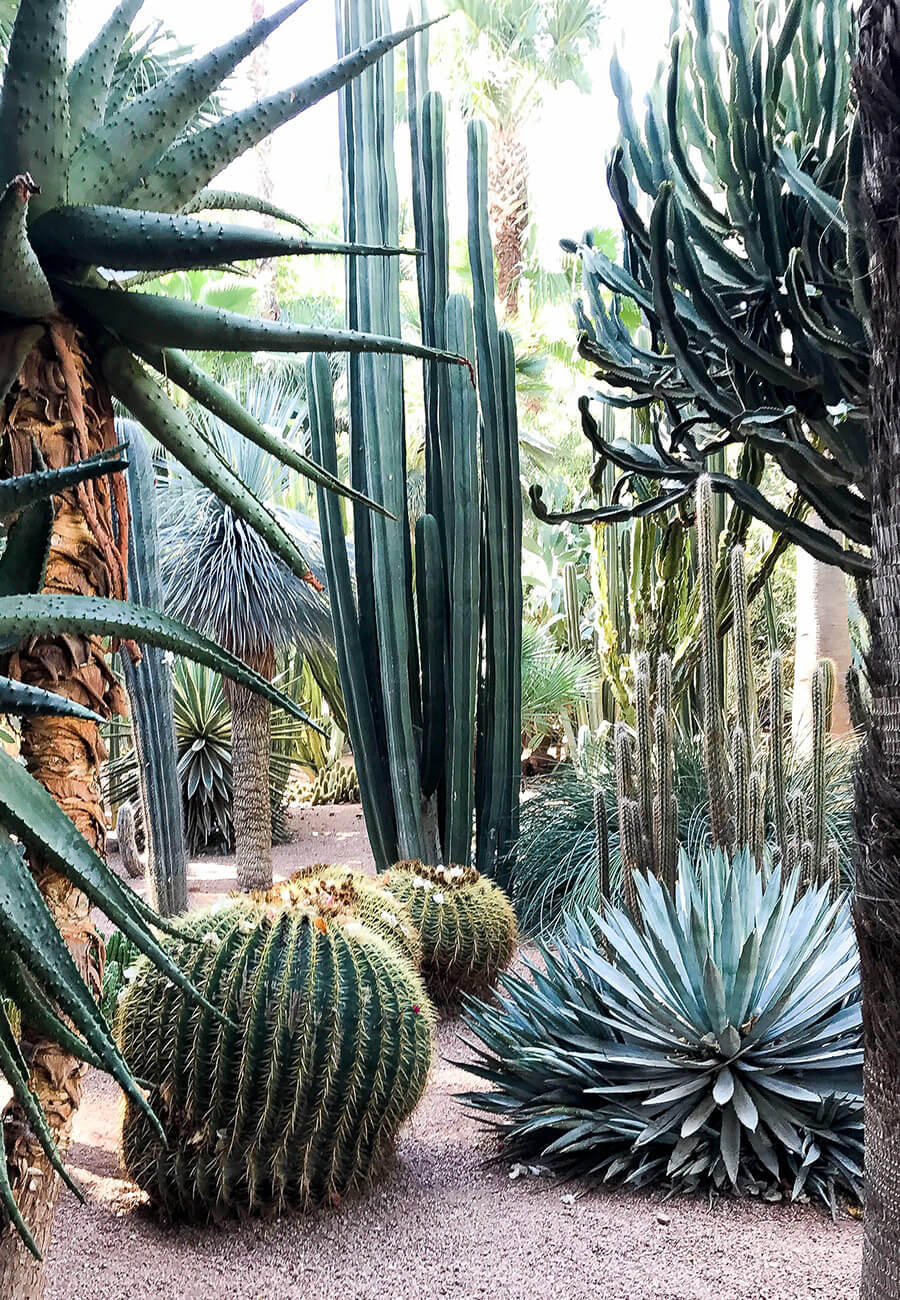
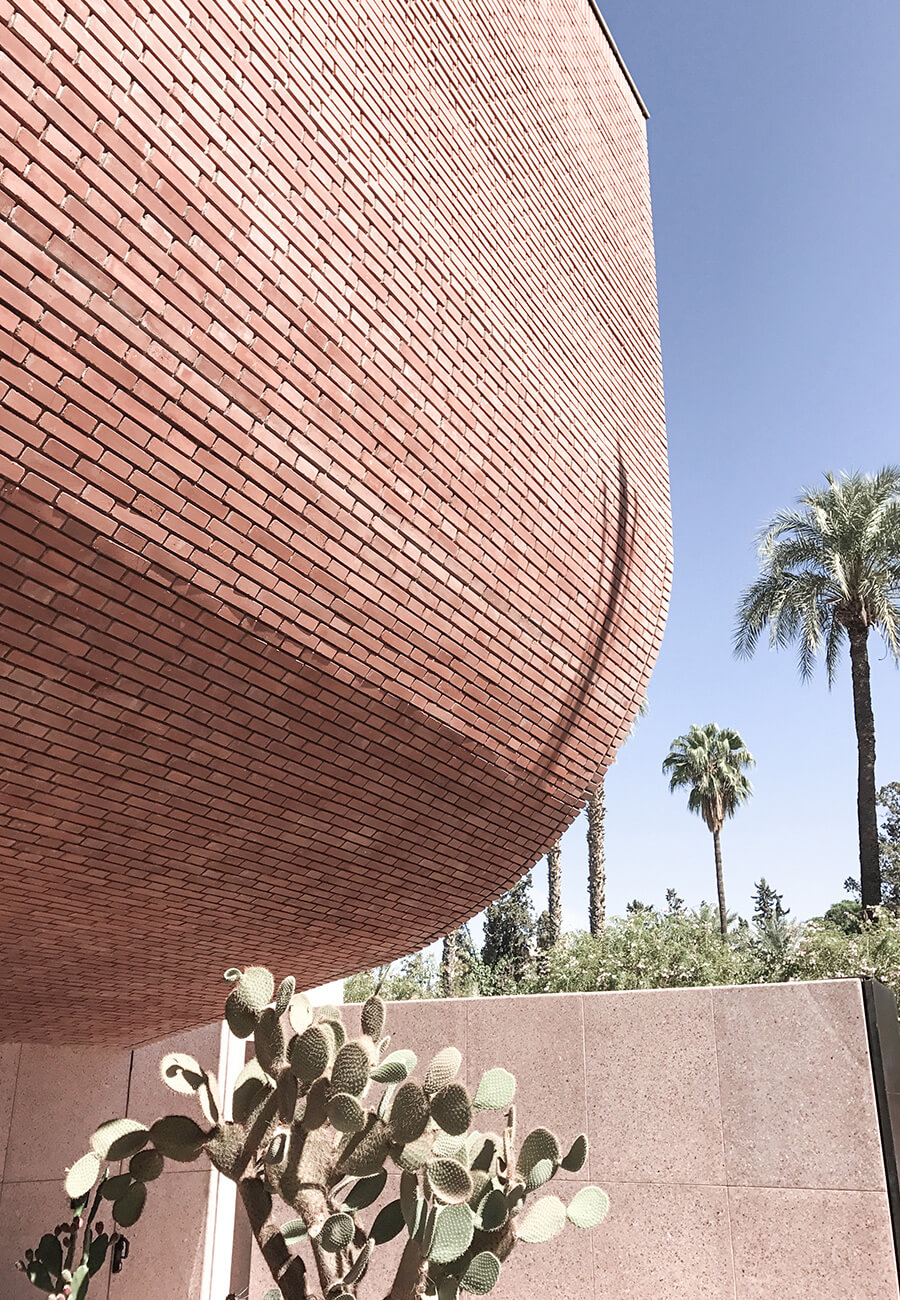
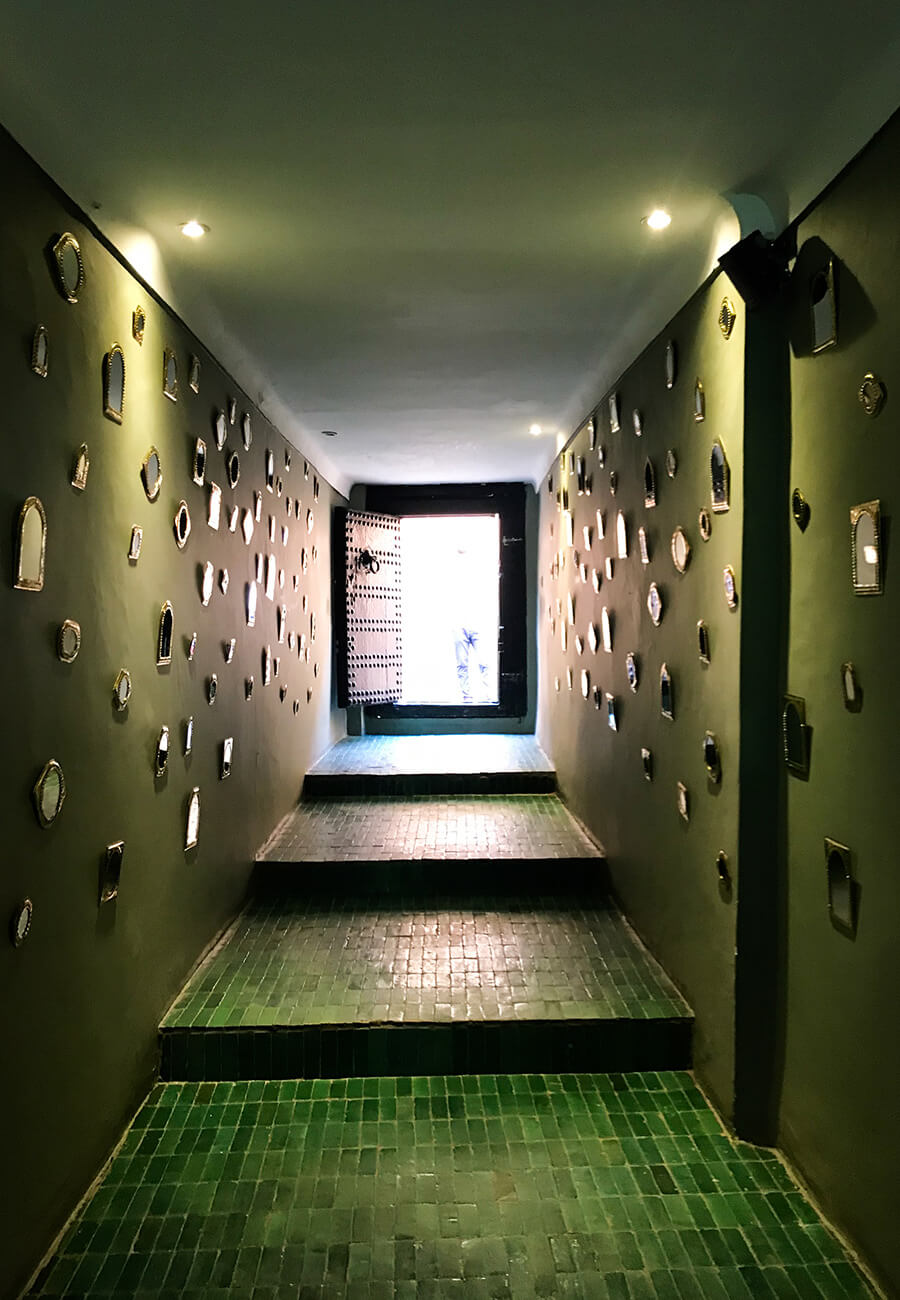
The Medina is a chaotic, bustling claustrophobic maze of dead ends, lost corners and missed turns. There are pick-pockets, touts, opportunists and weavers of stories who will lead you down a path, sell you their mothers’ soul and wish you well on your way. You can purchase everything you can imagine in bright and garish hues, in fact, you will be lucky to leave without a plethora of everything you don’t need and yet can’t live without – in other words, an experience not to be missed.
A few tips to survive the Medina; when strolling into the medina try to keep an eye on where you are going – it is easy to get lost, you will find your way out eventually, but it is less stressful to take note of landmarks when turning corners and so on. Remember to bargain with the vendors (not the shops) – there is always haggle room, and it is almost rude not to. Although the pet chameleon and tortoises and other wildlife for sale are adorable… it’s often illegal trade, and of course, you can’t bring them home!
I recommend a little research time to discover best retailers and designers, while the medina is overflowing with touts and vendors there are also some fabulous high-quality showrooms with interiors, art, clothing and many more lustful items that will have your Australian friends planning their Moroccan holiday stat.
If you want to buy rugs I recommend doing some research first and deciding what you want and then leave the Medina and go to one of a number of reputable specialist dealers – I came away with several pieces from Zarib Soufiane, I went to their main showroom just outside the old Medina.
If you stroll into Jemaa el-Fnna square during the day, you will find a large open space with a smattering of snake charmers, a man offering to solve any toothaches with a pair of pliers and a juice vendor if you’re lucky. The only reason really to visit is to stroll across to the Grand Balcon Café and enjoy a coffee on the expansive verandah, which is straight from the elegant 1920s, while reading the New York Times and watching the Square come to life.
As dusk falls, the square fills and becomes a carnival of storytellers, acrobats, musicians, and artists. Your evening will be filled, joining with other spectators, watching all that your imagination can conjure of this medieval marketplace, all for the price of a few dirham.
If you are enticed to participate in the show and the crowds, beware of pickpockets and crooks who work the area. Be travel safe and leave your jewellery, watch, and credit cards securely locked away. Don’t carry too much cash with you. If you can, be generous with your tipping, as it’s their primary income.
Be refreshed by the juice stall holders who offer pomegranate, orange, and other seasonal fruits, but make sure to have it pressed in front of you to ensure you receive fresh and pure juice. Neighbouring carts collapse under the dates, dried figs, almonds, and walnuts. As the twilight falls, the square becomes a vast open-air dining room, filled with stalls lit by lanterns, and the air is filled with delicious smells and plumes of spiralling cooking smoke upwards in the night.
There is nowhere in Morocco like the Jemaa el-Fnna Square – no place that entices you in and invites you to fall deeper in love with every visit.

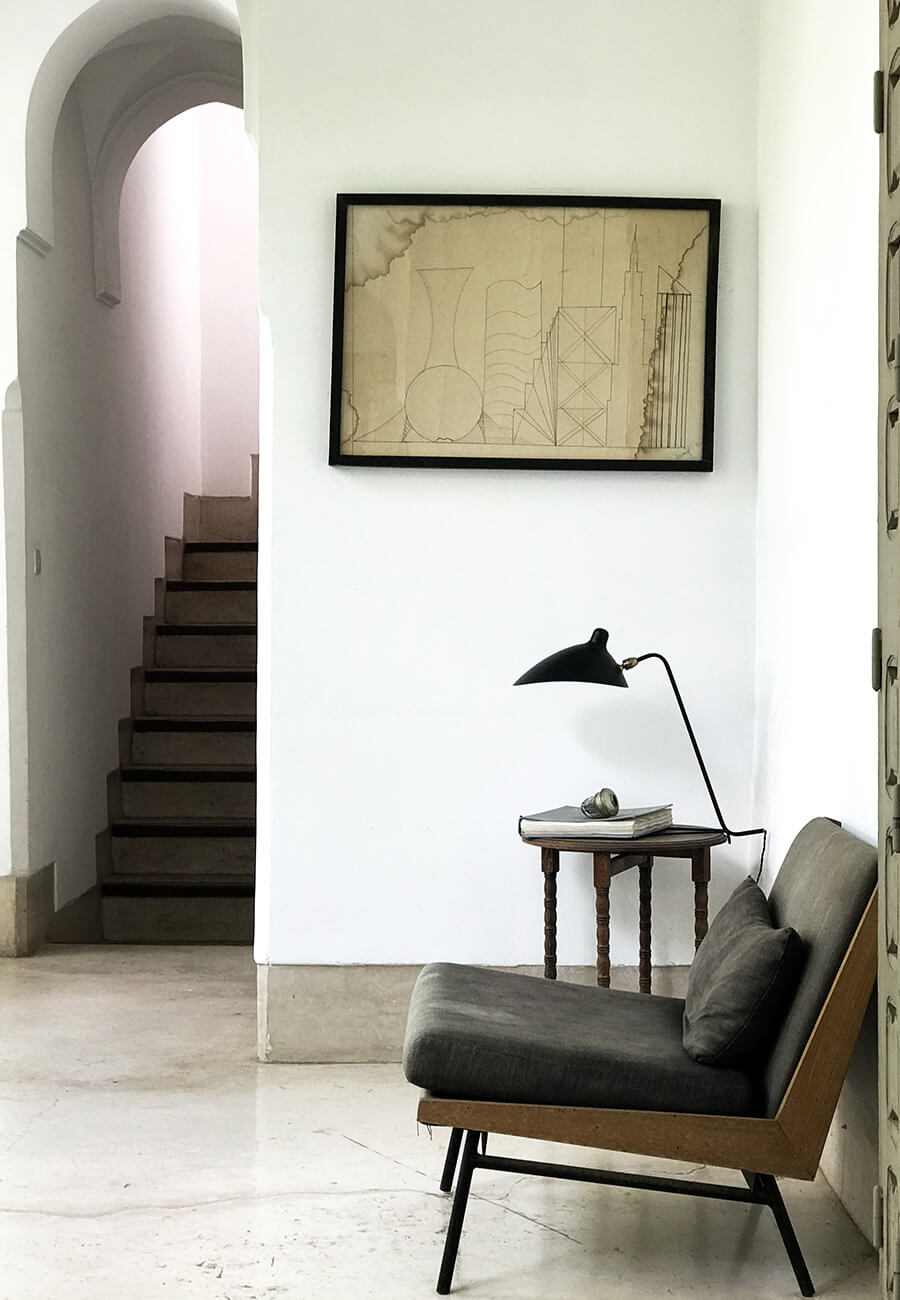
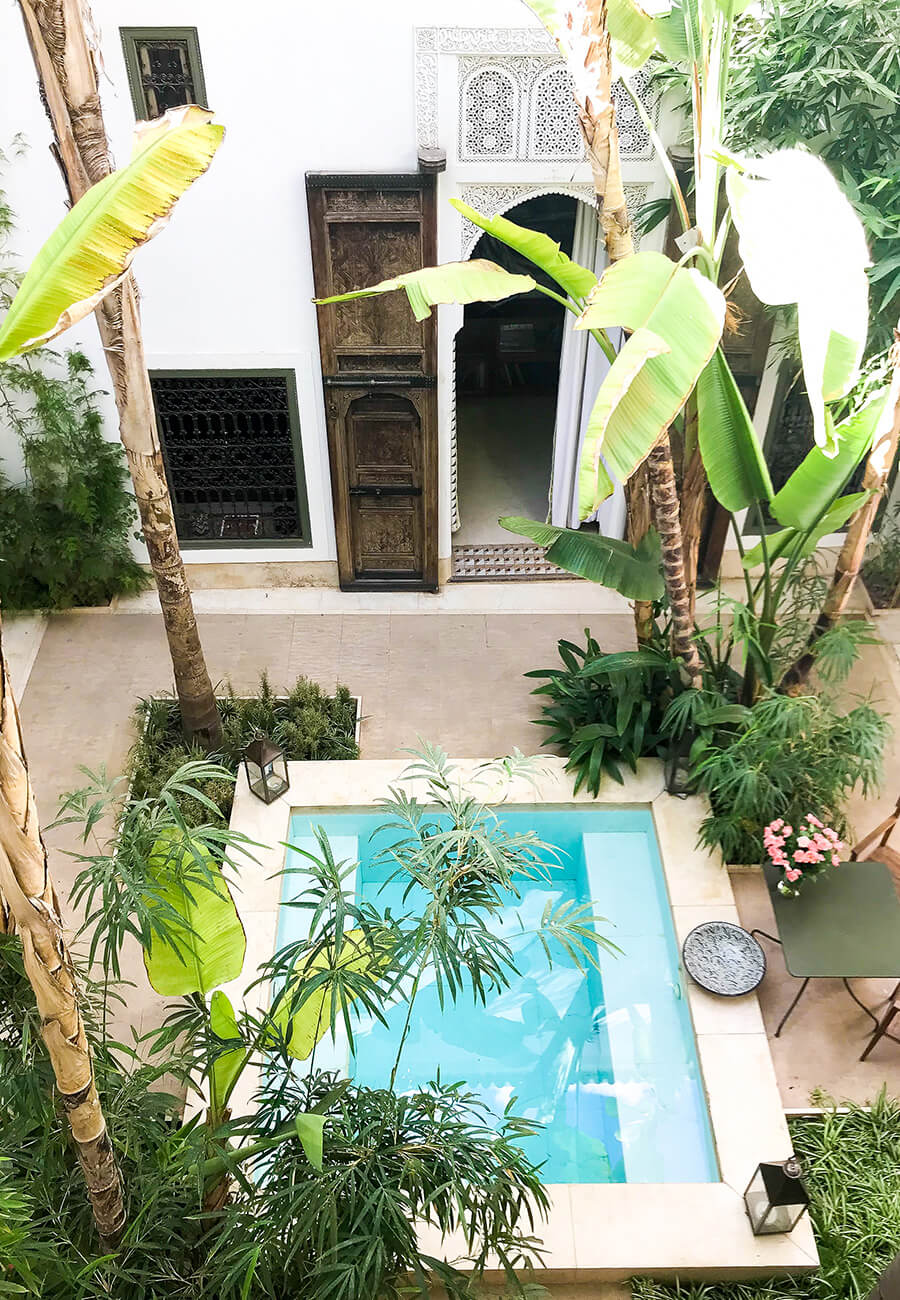
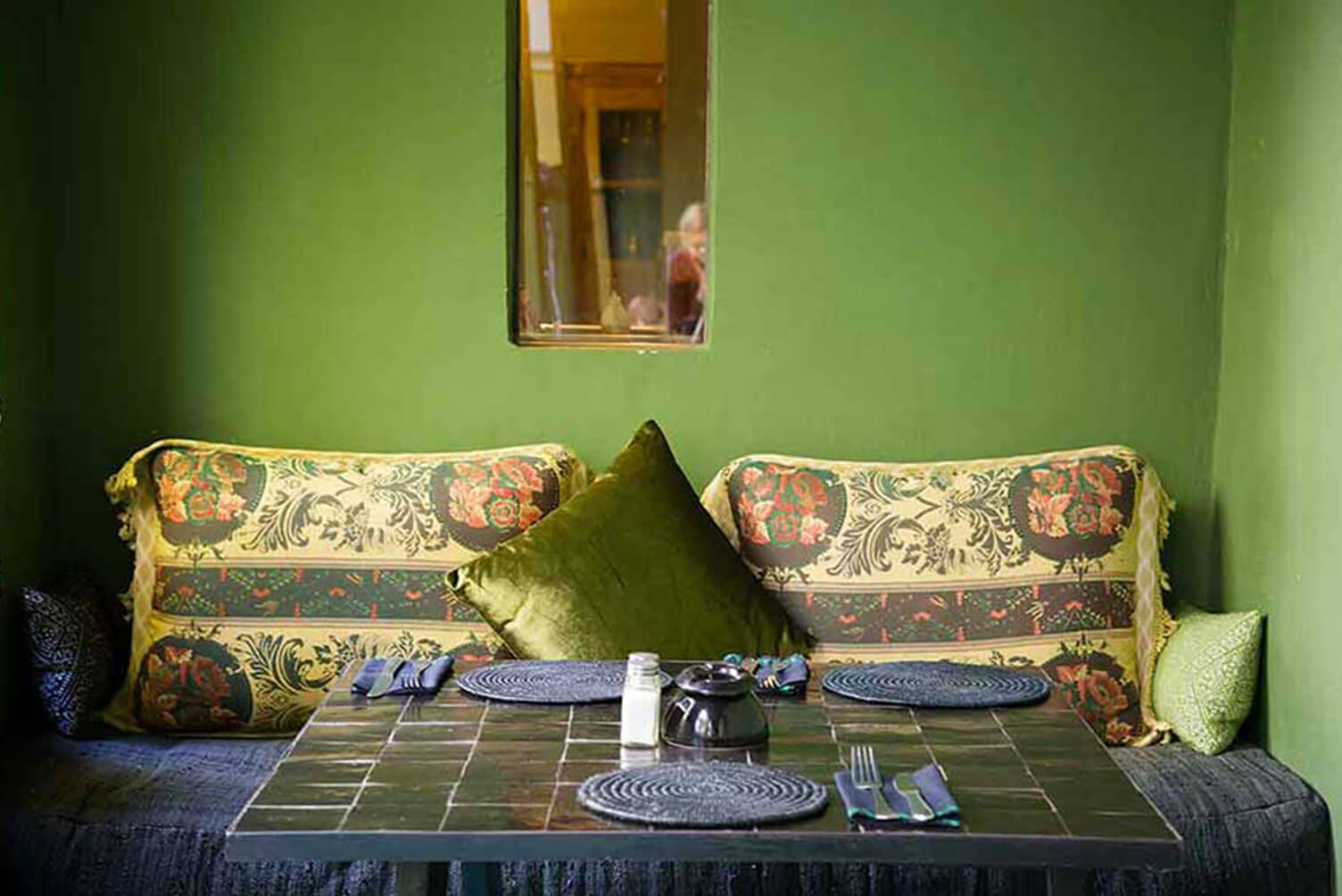
Travel
Lebanon is a fascinating place. Steeped in history, it is a meeting point of the Middle East and the West; of Christianity and Islam; of traditional and modern living.
Read more
Travel
The City of Dreams. We’ve all seen it on the screen, but if you want to live out your New York City experience like a true local – then this list is your starting point.
Read more
Katanning is a small town south east of Perth known for little more than its agricultural history, which is why it might come as a surprise to learn that a boutique hotel has recently opened there.
Read more